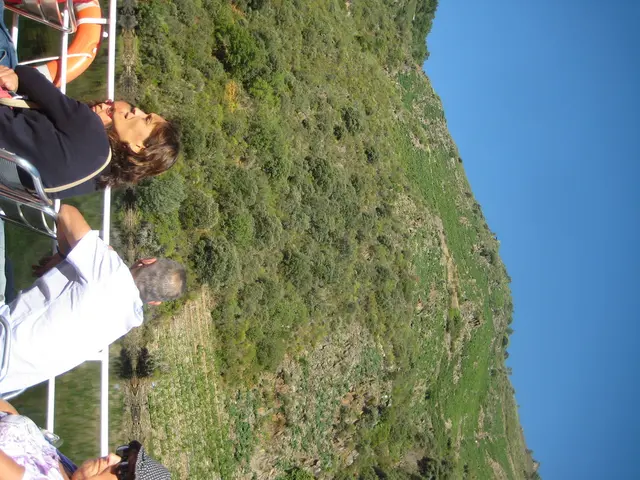Early Depictions of Drawing and Creative Illustration
In the dawn of human civilisation, art emerged as a powerful means of expression, storytelling, and knowledge transfer. The origins of drawing can be traced back to prehistoric times, a period marked by the adventurous spirit of our ancestors and their creative endeavours.
Early artists, armed with crude tools made of reed or bone, and "ink" concocted from plant extracts or ochre mixed with animal fat, began to explore the vast potential of visual art. They applied these concoctions by hand or sticks, giving them a range of tone, texture, and effect.
The story of Kora, daughter of the Corinthian potter Butades, is one of the earliest accounts of image-making. Around 600 BCE, Kora traced the shadow of her lover, laying the foundation for painting and sculpture. However, the earliest known cave paintings from the Paleolithic period, such as those found in Lascaux, France and Altamira, Spain, are much older. These silent testimonies of our ancestors' first brushes with creativity indicate that painting predates photography concepts and optical devices.
Early artists were resourceful, using a variety of materials as their canvases. Tree barks, stone tablets, and animal skins served as their surfaces, each offering a unique texture and topography that artists integrated into their artistry, imbuing their depictions with a sense of depth and perspective.
The raw materials and pigments for early art were sourced from the earth. Ochres, charcoals, and other minerals were used to create a primitive yet vivid palette. Prehistoric drawing tools consisted of animal fat and crushed earth for creating pigment, and later on, plant extracts and minerals were used to produce a more varied palette.
Prehistoric artists employed techniques such as engraving and painting, using primitive tools like chisels and bones for incising and mixing pigments with liquids like water or animal fat. They displayed a profound understanding of their surroundings, using texture and shape to denote patterns in nature or wildlife.
The choice of site, material, and method applied by early artists revealed a level of sophistication and intentionality, far beyond what we would expect given the rudimentary nature of their tools. This intentionality is evident in the way they selected specific rock formations and areas as canvasses to more accurately depict the depth and movement of their characters.
Throughout history, drawing technologies have evolved significantly. The Greeks and Romans emphasised realistic portrayal and geometric perfection in their drawings. The Egyptians developed a grid system for accurate proportions in their hieroglyphics and murals. The evolution of drawing technologies continued throughout the Middle Ages and Renaissance, with innovations like the quill pen, graphite pencil, and paper.
Early artwork serves as artifacts of human consciousness, providing profound insights into the lives, beliefs, fears, and hopes of our ancestors. These relics of our past remind us of the enduring power of art as a medium for expression, storytelling, and knowledge transfer, a power that continues to resonate throughout the ages.
Read also:
- Life Transition of Grace Mulvey: Leaving Ireland at Age 33 as Friends Settled Down with Homes and Families in London
- Artificial Bovine Creation, a Touchy Beaver Issue, and the Sculptures of Barbara Hepworth
- Optimal Shade-Providing Trees for Sustainable Gardens in Warm Regions
- Michael Bittner's latest compilation: Earth's Waitting Room








